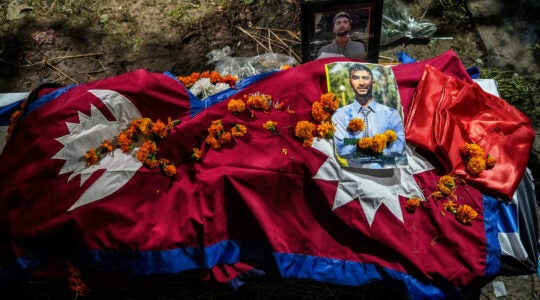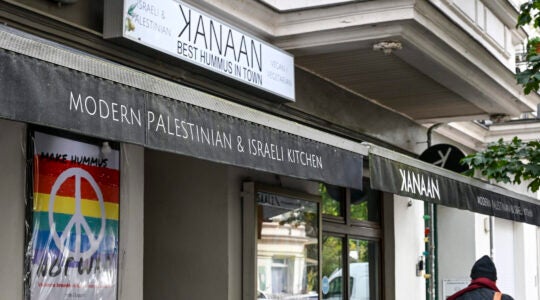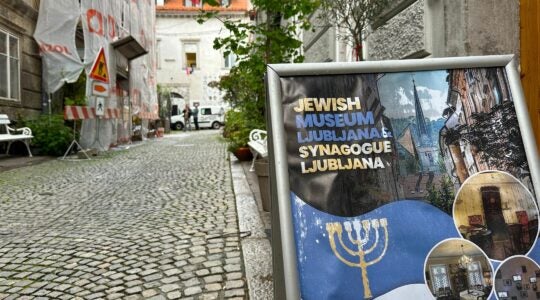BERLIN (JTA) — A list of thousands of personal effects taken from former concentration camp inmates has been put online for claiming by survivors or their .
The items, including wallets, photos and documents, have been stored for decades at the International Tracing Service in Bad Arolsen, Germany.
"Our goal is to return as many items as possible to survivors of the Nazi persecution, and to their families," International Tracing Service director Jean-Luc Blondel said in a statement issued May 19.
The items were mostly taken from inmates upon their arrival in concentration camps or prison. The German authorities removed valuables and stored the rest.
For example, each arriving prisoner at the Neuengamme concentration camp near Hamburg deposited valuables in an envelope, which was duly inscribed with contact information, as if the items would be returned. About half the 106,000 prisoners held in Neuengamme from 1938 to 1945 died.
According to the tracing service, out of some 3,400 items in storage, names are attached to about 2,900. In all, some 2,400 items come from Neuengamme and 330 from Dachau. About 50 items are from the Gestapo prison in Hamburg, and a few are from the concentration camps Natzweiler and Bergen-Belsen and the transfer camps Amersfoort and Compiegne.
Access to the online list is restricted to survivors or their family members, but historians, journalists and survivor associations have helped in the search for survivor owners.
"These personal effects do not have any material value but a great sentimental value," Blondel said.
In 2009, the tracing service began checking the origins of about 900 items and was able to identify the owners of 476 by matching prisoner numbers with names, and by reading letters included among the items.
Sussane Urban, head of the research department, said it is difficult to determine ownership of items from certain groups of prisoners. Most items apparently belonged to political prisoners from Eastern Europe and very few to Jews or Roma, she said.
The process of returning personal effects began in 2008, when children and grandchildren of eight men from the Dutch town of Putten who died at Neuengamme arrived at Bad Arolsen to retrieve little envelopes containing mostly ID cards and photos.
For most of the visitors, the envelopes contained the only items they had ever received from their lost relative.
JTA has documented Jewish history in real-time for over a century. Keep our journalism strong by joining us in supporting independent, award-winning reporting.





